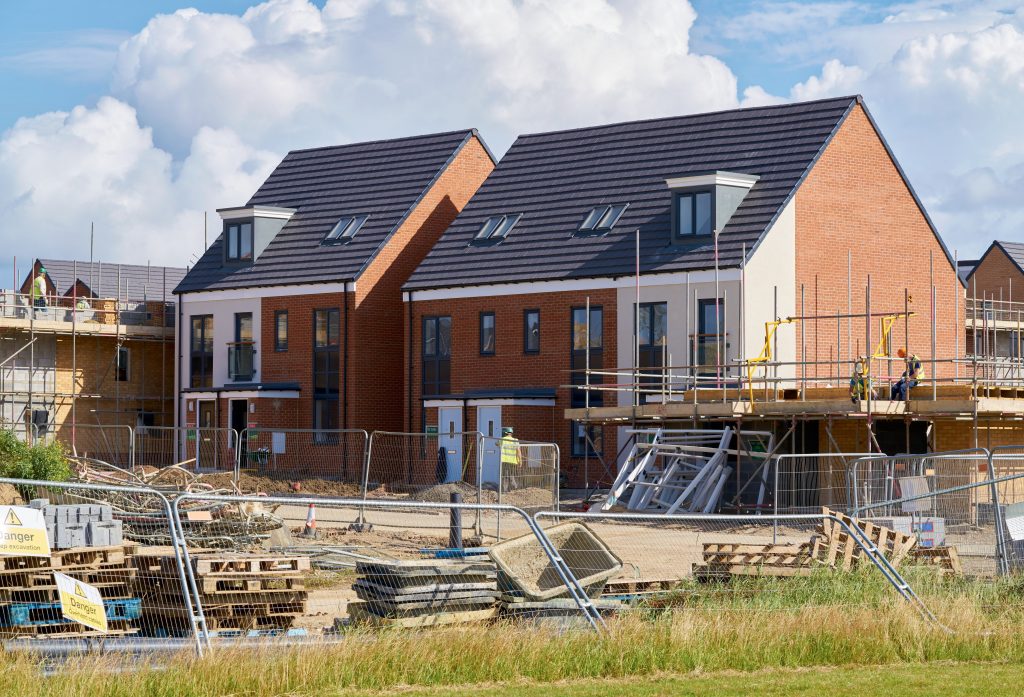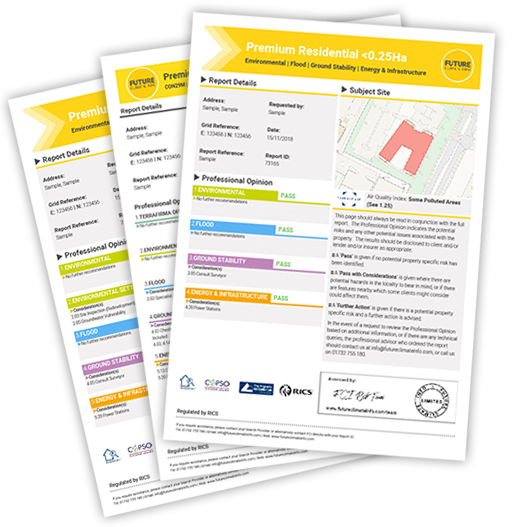
Planning Reforms Part 2: Proposals for Improved Housing Delivery
Last month, the Government published “Planning for the Future” – a consultation paper designed to radically reform England’s planning regime. The aim is to streamline and modernise the planning process, improve outcomes on design and sustainability, reform developer contributions and ensure more land is available for development where it is needed.
In the first part of our three-part special on the consultation, we looked at the use class and land zoning changes and whether they could have profound impacts on local neighbourhoods. In this second part, we look at each of the main proposals and ask the question about whether this moves the needle on housing delivery for the local population and to which developers will respond.
What are the key proposals?
The Planning for the Future Consultation Paper sets out four main proposals:
- Changes to the standard method for assessing local housing need and support proposals for land supply reform;
- Securing of First Homes, sold at a discount to market price for first time buyers, including key workers, through developer contributions in the short term until the transition to a new system;
- Temporarily lifting the small sites threshold below which developers do not need to contribute to affordable housing, to up to 40 or 50 units to support SME builders as the economy recovers from the impact of Covid-19;
- Extending the current Permission in Principle to major development so landowners and developers now have a fast route to secure the principle of development for housing on sites without having to work up detailed plans first.
Particularly eye-catching is the focus on Brownfield sites. The Government has always talked up their potential but they are now specified as a priority area, with “better use of existing Brownfield land for housing, including through greater densification”. They also want to consolidate the various routes to obtaining planning permission, including Local Planning Authority (LPA) Brownfield land registers.
This could encourage more developers to re-appraise sites previously thought as unviable due to the hoops that had to be jumped through. However, there has to be concern that if more basic checks on contaminated land and other environmental risks are waived through, there opens up the risk of greater future liabilities and impacts on neighbourhoods.
Changes to Assessment of Housing Need
Housing Need – an assessment of the number of homes needed in a given area – is calculated via the ‘standard method’ of assessing housing need as defined by the National Planning Policy Framework (NPPF). This method produces a figure of the minimum number of homes expected to be planned for, based on a formula that considers national household growth projections and the affordability of an area.
The government says the new method will improve the current one in four ways:
- More agile, more recent data than the current 2014 projections.
- Better distribution of homes in higher and emerging-demand areas such as the Northern Powerhouse.
- Smoothes out potential volatility so the basis on which Local Authorities can plan for is more predictable.
- Method would be consistent with the government’s ambition for a housing market that supports 300,000 homes.
First Homes Scheme
The scheme, which applies a 30% discount to market sale prices for first-time buyers, will command a minimum of 25% of all affordable housing units secured through developer contributions under Section 106 in the short term. Some have raised questions about the future of shared ownership when the scheme begins, and it could have a major impact on affordable housing delivery in the long term. However, if a development sets affordable housing below 25% for shared ownership, it will be revised up to this minimum level under First Homes.
Local Authorities will have discretion to increase the discount to 40% or 50% in areas where property prices are particularly high. The discounts are also in perpetuity, meaning that they will apply if the home is resold in future.
First Homes will also be subject to price caps of £420,000 in London and £250,000 across the rest of England.
Reduced Affordable Home requirement
Many small and medium-sized developers had been previously dissuaded by minimum affordable housing thresholds impacting viability on schemes. The government has now proposed a five-fold increase in the affordable housing threshold on smaller sites.
Currently developers can build developments of up to 10 homes without providing any affordable homes, but this limit could be raised to 50.
This may be more attractive to developers in riskier, more expensive city centre locations that are zoned for renewal. The new planning regime would give them a faster route through planning by nature of the land zoning and they would not feel hamstrung by diluting available profits by having to sell units below full market value to make the sums work. This could also encourage some of those 1 million schemes sat with permissions that have not been built yet, in part due to some of these more onerous requirements.
Section 106 to be Scrapped
Jenrick also wants to change the way developers contribute to the cost of building affordable housing and new infrastructure in every new project.
The government will introduce a national charge for developers – replacing the existing Section 106 agreements and the Community Infrastructure Levy – to fund local infrastructure projects such as schools, roads and GP surgeries, and a fixed proportion of affordable homes in a development.
Last year 49% of all affordable homes were delivered through Section 106, so there are real concerns for their future. Critics see this and the centralised land use zoning changes as a loss of local democracy, creating a “developers charter” which in time will do little to improve housing deliverability for those locally who are most in need of accommodation, including the hundreds of thousands nationally on housing wait lists. Government is having to walk the tightrope of stimulating the construction industry (and therefore more jobs) as we emerge from a pandemic, with the real social injustices that are being felt because of loss of jobs from the pandemic impacting people’s life chances and their accommodation.
The new national charge will be based on the final value of development – with a minimum threshold below which nothing would need to be paid – and be levied at the point of homes being occupied.
Councils would also have the power to decide how to spend the new Infrastructure Levy – with schools, transport and health provision also funded through the mechanism. There is also a suggestion that funding for affordable homes could be ring-fenced, and that councils or housing associations could be given first refusal on properties on a given site.
In the final part of our three-part blog series, we will take a look at the reaction of stakeholders across the property industry, local authorities and housing associations and ask whether it amounts to an overhaul that is radical enough to meet our future housing needs.
Try before you buy
To take advantage of a trial free order of your first environmental report, please complete the enquiry form and we will get back to you as soon as possible. We will need to take more details of the property or site and ask some more questions about your firm and the transaction.

